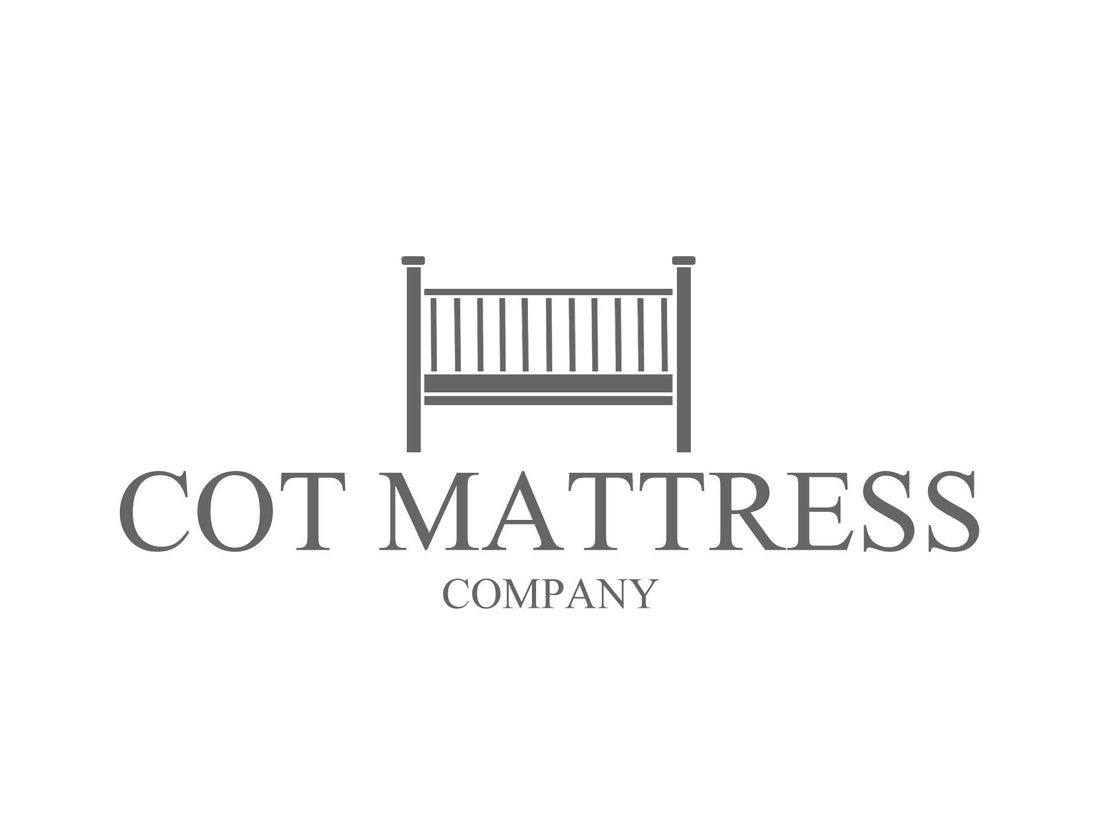
Make You a Cot Mattress Expert Part 3
Share
Part Three - The Cot Mattress Base - Natural with Coir, Lambswool, Latex Springs. Fibre made from recycled plastic bottles
Why Have A Natural Base?
Foam is produced using a range of chemicals. These chemicals have been criticized for causing adverse health effects. Also as discussed in the last section foam can have an unpleasant initial chemical smell when new and may need airing / ventilation. Having said all this, foam is regarded as one of the safest household products and we have all been surrounded with the stuff for over 70 years. In terms of support, comfort, durability hygiene there is no advantage in going natural.
If you bring into the equation that foam put into landfill takes hundreds of thousands of years to biodegrade and coir and lambswool just a few years. If you are thinking about the future of the planet then you may be interested in paying extra for a chemical free natural mattress.
Natural Mattress Bases
Mostly these are made with Coir and Lambswool, Coir is the made from the outer husk of a coconut, it is free of bacteria and almost all fungal spores. Coir has many uses, for cot mattress it is made into sheets of matting that are layered together. to achieve the required depth.
Coir and Lambswool Cot Mattress Bases
Lambswool is made from the first shearing of the sheep, usually around seven months after its first coat has come in. Wool fibers are soft, they do not require a lot of processing to make into manageable rolls.
A block of coir 10 cm deep with 1 cm of wool top and bottom is the base of a natural cot mattress. There are many different qualities of coir some are more springy than others. From responding to considerable customer feedback we found the firmest coir block may need 2 cm of lambswool on one side to offer a more welcoming initial lie.

Coir, Lambswool and Sprung Bases
These are made by encapsulating a sprung or pocket sprung unit in coir. This produces a more welcoming lie than a solid block of very firm coir. A pocket sprung unit is slightly more welcoming to a standard sprung unit. You will not achieve the pocket sprung feel that you get with foam. A main advantage of using a pocket sprung unit is in the build.
A basic sprung unit could move about in the coir case. The pocket sprung unit will not move about as it can be stuck down because the springs are encased in fabric N.B. Any glue used has to pass strict British Standard guidelines.
Natural Springs
We have always questioned whether or not a metal spring was indeed natural! Being obsessed with our task to make the best possible natural pocket sprung mattress we designed natural springs made out of coir. Each coir spring is secured perfectly in place, this does make a fabulous mattress, but at a price.

Latex
Natural latex is produced from the rubber tree and it is the fluid lying beneath the bark. First thought is that natural rubber would seem to be the perfect material to use in a cot mattresses. However, natural latex has been linked with unusually high allergy levels, mostly in children. Some allergists recommended that babies and young children do not sleep on latex. We also found that the Latex smell unlike foam did not disperse. That was enough for us to leave it out of our products.
Fibre made from recycled plastic bottles
At first this did seem as a real alternative to foam, more breathable, no chemical smell. good for the environment. However we tested this in 2014 and the quality was so poor, it was not supportive, the fibre was a cheap weak product and not fit for purpose.
We looked at it every year and we were not impressed. It was being used in some cot mattresses production it filled a need at a low price point.
Last year everything changed with the arrival of a new HD fibre (High Density) This can either be used in a single block or encapsulate pocket springs within a high density frame. It works the same as you would do with foam. We found HD fibre and pocket springs gave the best support and comfort. By incorporating a layer of lambswool on top of the fibre it the ticked all the boxes except being natural. Albeit excellent for the environment as it is made from recycled plastic bottles.
Currently over 90% of the fibre in cot mattresses is low density because it meets a price point that is in great demand. the basic fibre cot mattress is acceptable for occasional use perhaps at the grandparents. Use it every day it will show signs of wear in a month or two and offers very little support even. you will increase its life if you turn it every few day.
Part 4 Is all about the covers and waterproof protection

